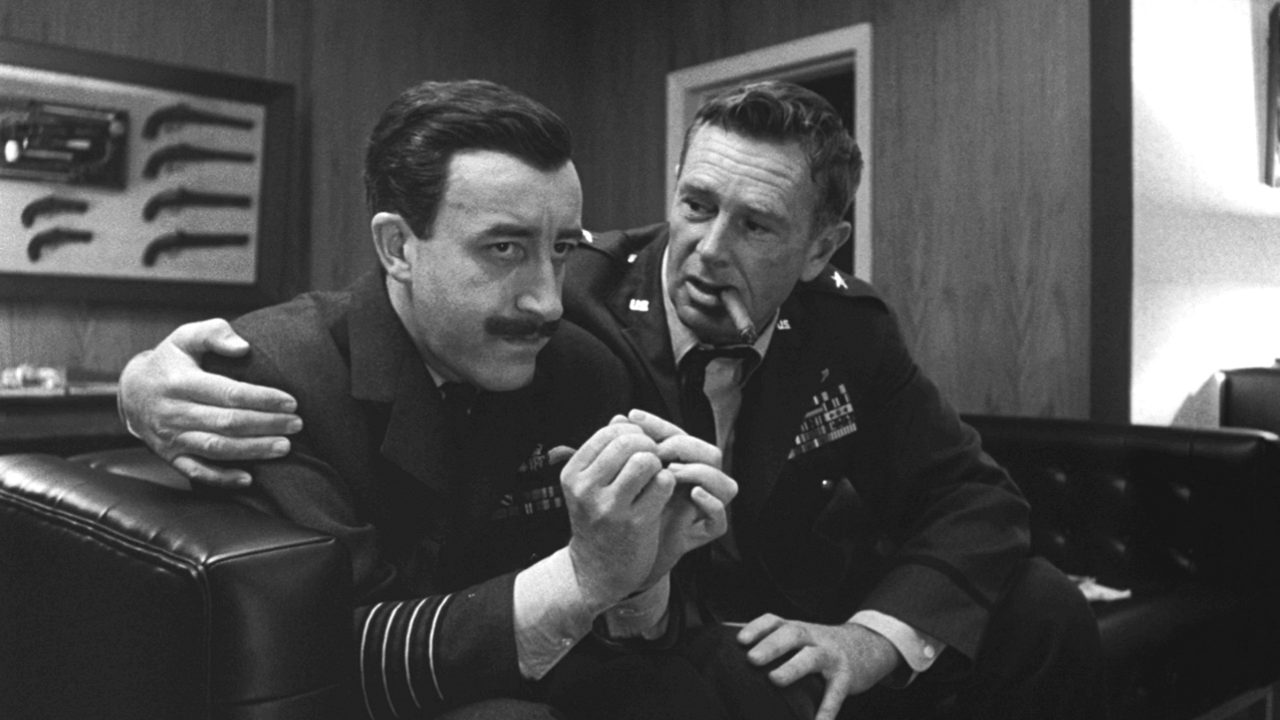This summer, through luck and/or moxie I was able to land a plum position on the KDIGO team charged with building the mobile app. The team partnered with the crazy effective nerds at Visible Health to push out our initial vision. Our 1.0 for iPad was launched at ASN Kidney Week in Atlanta. Internally, we described the project as building a bridge across a gorge. This 1.0 is like a piece of dental floss connecting the two sides. It is an important step but it we have big plans for future versions.
We have received a lot of feedback on the initial release and the overwhelming requests are: Android, iPhone, Android, iPhone, Android, iPhone.
We are going to do both, but neither are the next step. The 1.0 version is essentially a PDF reader with all 9 KDIGO guidelines pre-loaded. Moving the app to Android and the iPhone will entail porting all of the guidelines to a new data model. We have a big vision for the product and are reworking the infrastructure to get there. Those two updates will come but they need to wait for the new data structure, for now, the only thing I can tell you is: Patience.
The current version of KDIGO Mobile has a community option that is a ghost town. We are going to tear that down and instead adopt the renal community on Twitter. The new social section will have a number of ways to view twitter that are designed to expose new people to the vibrant nephrology discussions that occur in there.
Users will have a number of twitter channels that they can tune into:
- Current Twitter users will be able to view their timeline
- Collecting duct: this is a highly selected list of twitter accounts consisting primarily of professional societies, journals and government organizations (Members | Timeline)
- Proximal tubule: this is a highly curated list of users that typically provide intelligent nephro-oriented discussion (Members | Timeline)
- Glomerulus: this is a general list of every nephrologist and nephrology related organization I could find. (Members | Timeline)
- Hashtags: this will be one or two hashtags that are of interest to nephrologists. For example, during next years Kidney Week, we would push out #KidneyWk14, during NephMadness we would highlight #NephMadness, We might leave #MedEd, #FOAMed, and #HCSM up at other times. etc.
All of these channels are stored on the servers at Visible Health so they can be controlled remotely and are eternally updatable.
Today, we are asking members of the nephrology social media sphere to look at the lists, try out the timelines, explore the hashtags. Tell us if we missed anyone or added someone undeserving.
When evaluating the timelines keep in mind the goal of these Twitter channels. We want to introduce new users to the utility of twitter for nephrology discussions. The timeline that I am most concerned about is the proximal tubule. The collecting tubule is an official channel and will likely be pretty dry. The glomerulus I think will be too much of a fire hydrant and I am thinking about dropping that channel altogether. I’m hoping that the proximal tubule can have relevant, compelling, content to really show off the utility of Twitter to naive KDIGO users.
Any and all feedback would be appreciated.




















